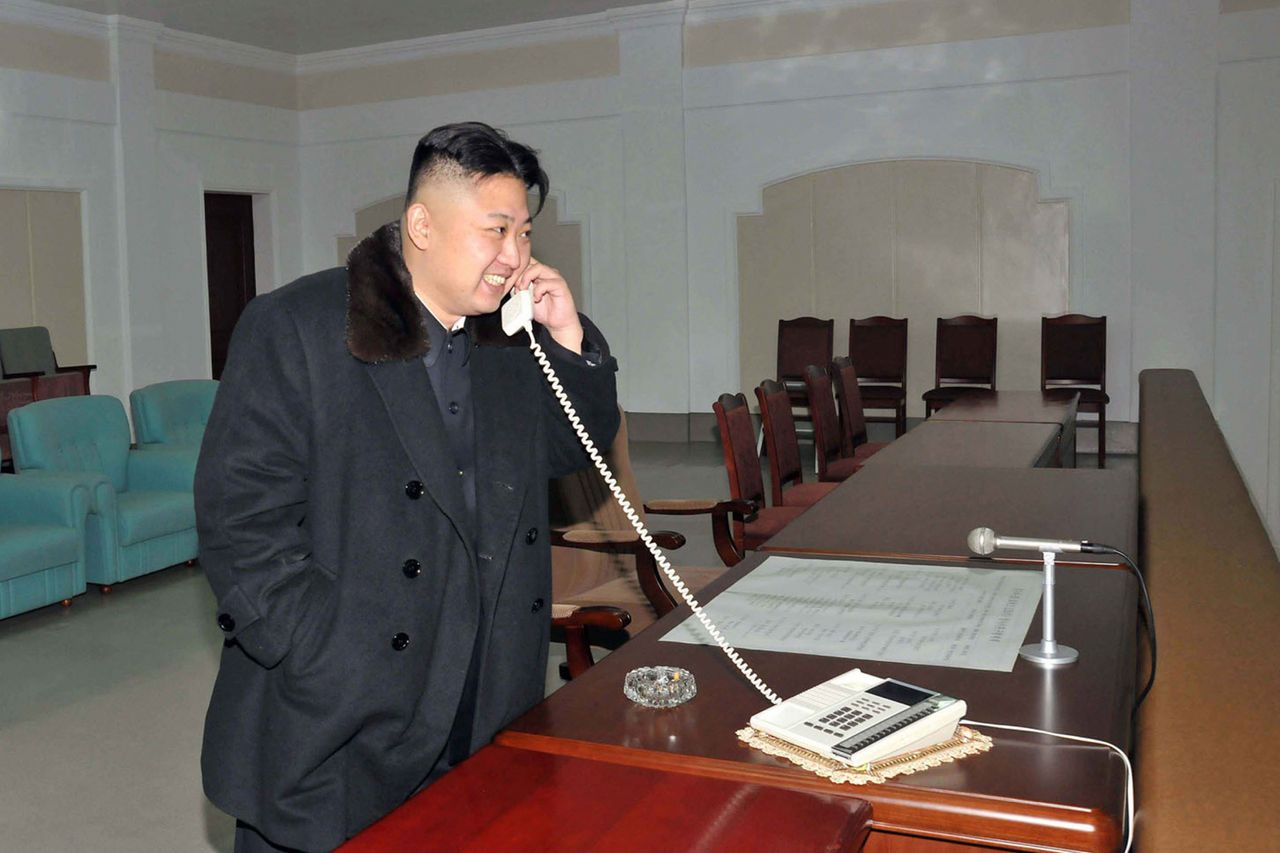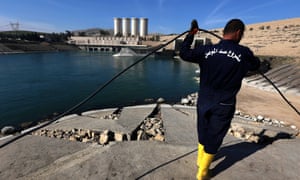http://www.idsa.in/issuebrief/pay-and-perks-india-defence-budget-2016-17_lkbehera_030315
Laxman K Behera, March 03, 2016
“At a time when major powers are reducing their forces and rely more on technology, we are still constantly seeking to expand the size of our forces. Modernisation and expansion of forces at the same time is a difficult and unnecessary goal. We need forces that are agile, mobile and driven by technology, not just human valour.”
-- Prime Minister Narendra Modi, Combined Commanders Conference, December 15, 2015
Introduction
Finance Minister Arun Jaitley while presenting the Union Budget 2016-17 to the Parliament on February 29, 2016 set aside Rs. 3,40,921.98 crore (US$ 52.2 billion) for the Ministry of Defence (MoD). Mr. Jaitley made a key change in the long-established format of resource allocation among the three defence forces (army, navy and air force) and other establishments under the MoD. The change in format has, however, not changed the skewed nature of growth of MoD’s allocation. Since the implementation of the Sixth Central Pay Commission (CPC) recommendations in 2008-09, these allocations have been dominated by the increases in manpower cost. The new budget has gone a step further in accommodating the increases in pay and pension at the cost of capital expenditure, most of which is spent on procurement for capability enhancement of the defence forces. The implementation of the defence One Rank One Pension (OROP) and Seventh CPC recommendations set to take effect from next fiscal year brings into stark focus the desirability of manpower-led increases in the defence budget and the long-term sustainability of modernisation expenditure.
Change in Format
The long-used format for defence resource allocation has undergone a change in the budget of 2016-17. As per the new format, MoD’s total allocation is distributed into four Demands, in comparison to eight in the earlier format (Table 1). It seems that the intent is to rationalise the budget-making process and show the allocations provided to the three armed forces separately from the allocations made to other organisations under the MoD. As a result, some of the organisations – such as the Ordnance Factories (OFs), Defence Research and Development Organisation (DRDO), Director General Quality Assurance (DGQA), Rashtriya Rifles (RR), National Cadet Corps (NCC), Military Firms (MF) and Ex-Servicemen Contributory Health Scheme (ECHS) - which earlier shared their budget with the armed forces’ budget, are now made part of the Demand no. 20 of the new format.
While the new format brings certain clarity, it raises certain fundamental questions regarding the components of India’s defence budget. As per the earlier format, the last six Demands (no. 22 to 27) constituted what is commonly referred to as India’s defence budget (the Demand nos. 20 and 21 were part of the Defence (Civil Estimates) and kept outside the defence budget). With the merger of some of the organisations with the new Demand no. 20, it seems logical to include the merged demand for the purpose of estimating India’s defence budget. This would leave defence pension as the only Demand to stay outside the defence budget. However, keeping the defence pension outside the defence budget has not served any purpose. Bringing it under the purview of defence budget would provide the true picture of defence burden and subject it to the same degree of scrutiny as other elements of the defence budget. Suffice to mention that pension was part of the defence budget till 1987-88, when it was taken out and put under the Defence (Civil Estimates), apparently due to the pressure from the international financial institutions.






